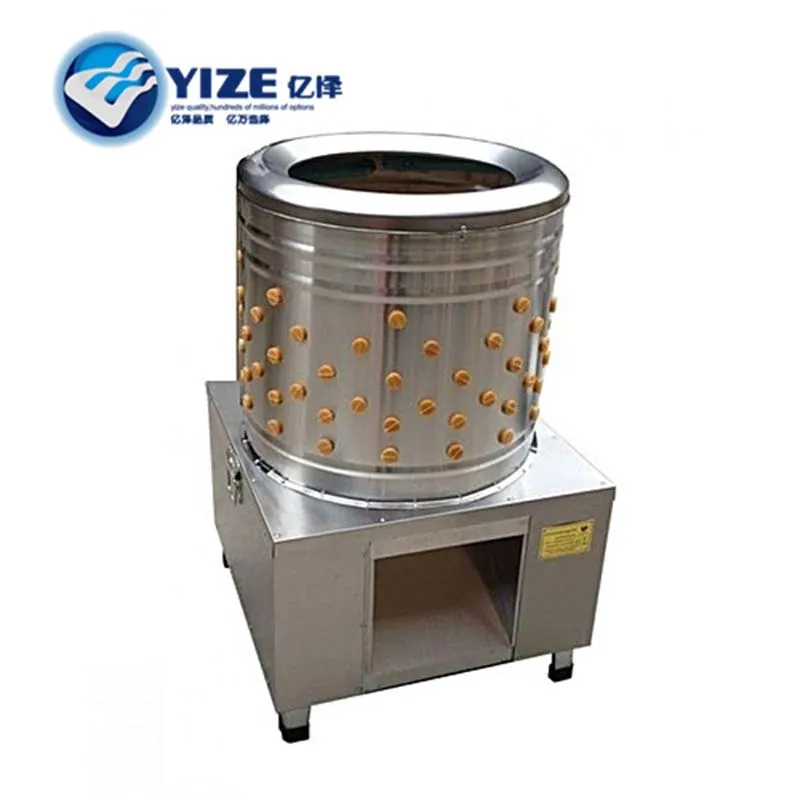Egg Carton Production Equipment for Efficient Packaging Solutions
Dec . 25, 2024 08:54 Back to list
Egg Carton Production Equipment for Efficient Packaging Solutions
The Evolution and Significance of Egg Tray Machines
In today’s fast-paced world, efficiency in production and sustainability is more crucial than ever. One area that has seen significant advancements is the egg packaging industry, particularly through the use of egg tray machines. These innovative machines have revolutionized how eggs are packaged, offering numerous benefits in terms of efficiency, cost, and environmental sustainability.
The Functionality of Egg Tray Machines
Egg tray machines are specialized equipment designed to produce egg trays from recycled paper, cardboard, or other biodegradable materials. The process begins with the pulping of these materials, which are mixed with water to create a slurry. This slurry is then molded into the shape of egg trays, which are designed to hold eggs securely and protect them from damage during transport and storage.
Once the trays are formed, they are subjected to drying processes, which can include natural air drying or using a heat source to expedite the drying time. The entire operation can be highly automated, allowing for large volumes of trays to be produced in a short time, thus meeting the demands of the market efficiently.
Benefits of Using Egg Tray Machines
1. Cost-Effectiveness One of the most significant advantages of egg tray machines is their cost-effectiveness. By utilizing recycled materials, producers can significantly reduce their raw material costs. Furthermore, the automated processes involved minimize labor costs and reduce the time taken to produce egg trays.
2. Environmental Sustainability In an era where environmental concerns are paramount, egg tray machines contribute positively towards sustainability. The use of recycled paper not only reduces waste but also decreases the demand for new raw materials. Additionally, many egg tray machine manufacturers are incorporating energy-efficient technologies that minimize the carbon footprint of the production process.
eggs tray machine

3. Customization and Versatility Egg tray machines can be customized to produce different types of trays not just for eggs, but for various other products as well. By adjusting the molds and production parameters, manufacturers can create packages for fruits, bottles, and other fragile items, making them highly versatile.
4. Improved Egg Protection The design of egg trays produced by these machines ensures that eggs are securely held in place, minimizing the risk of breakage during handling and transportation. This is crucial for maintaining product quality and reducing losses for producers.
5. Market Growth As the food industry continues to expand globally, the demand for efficient and sustainable packaging solutions is on the rise. The egg tray machine market is expected to grow significantly, driven by the increasing consumption of eggs and the shift towards sustainable packaging options.
Challenges and Future Innovations
Despite the many advantages, there are challenges in the egg tray manufacturing process. Maintaining consistent quality in the raw materials used and managing the drying processes to ensure optimal production efficiency are ongoing concerns. However, technological advancements continue to address these issues, with innovations in drying technology and material handling systems.
In the future, we can expect even smarter egg tray machines, incorporating IoT (Internet of Things) capabilities for real-time monitoring and supply chain management. Such advancements will allow producers to optimize their operations further, reduce waste, and enhance the overall efficiency of production processes.
Conclusion
Egg tray machines are more than just a piece of equipment; they represent a shift towards more sustainable and efficient practices in the packaging industry. As technology continues to evolve, these machines will play an increasingly vital role in meeting the demands of both consumers and producers alike. By embracing innovation and sustainability, the egg packaging industry is set to thrive, paving the way for a brighter future.
-
Hot Sale 24 & 18 Door Rabbit Cages - Premium Breeding Solutions
NewsJul.25,2025
-
Automatic Feeding Line System Pan Feeder Nipple Drinker - Anping County Yize Metal Products Co., Ltd.
NewsJul.21,2025
-
Automatic Feeding Line System Pan Feeder Nipple Drinker - Anping County Yize Metal Products Co., Ltd.
NewsJul.21,2025
-
Automatic Feeding Line System - Anping Yize | Precision & Nipple
NewsJul.21,2025
-
Automatic Feeding Line System - Anping Yize | Precision & Nipple
NewsJul.21,2025
-
Automatic Feeding Line System-Anping County Yize Metal Products Co., Ltd.|Efficient Feed Distribution&Customized Animal Farming Solutions
NewsJul.21,2025






